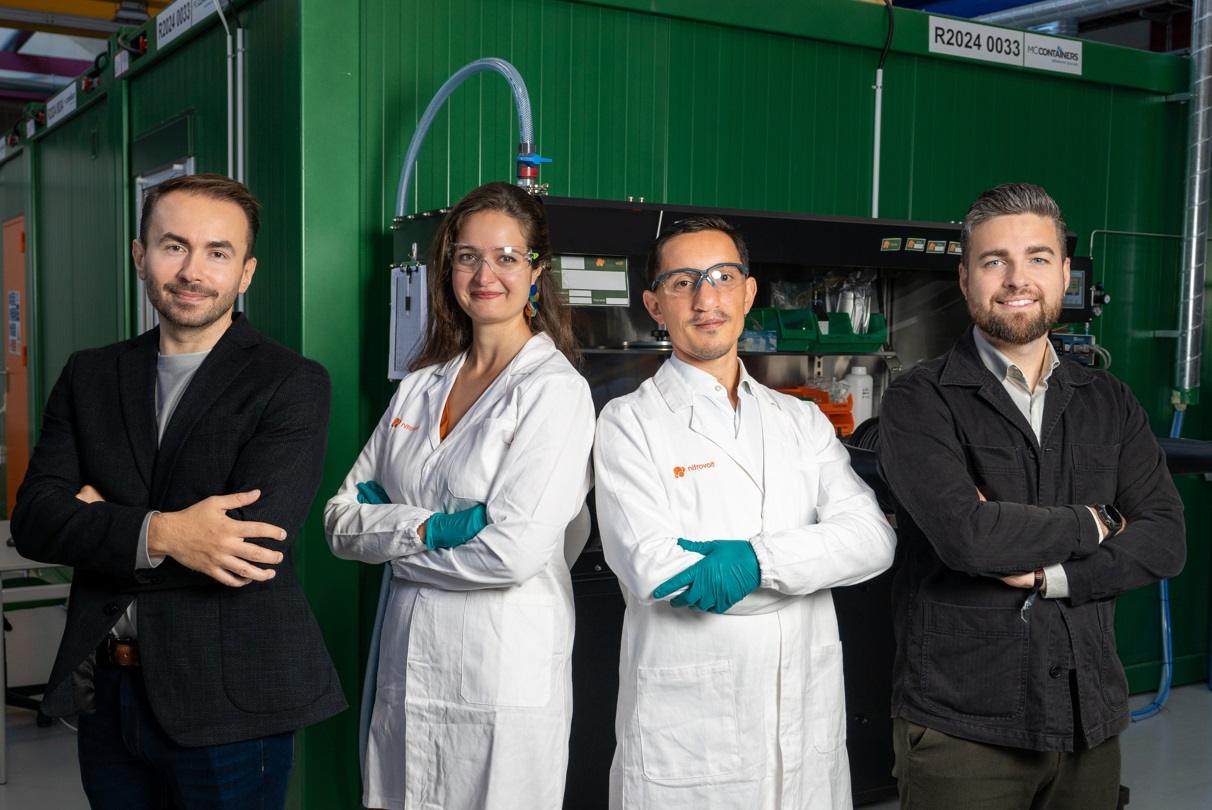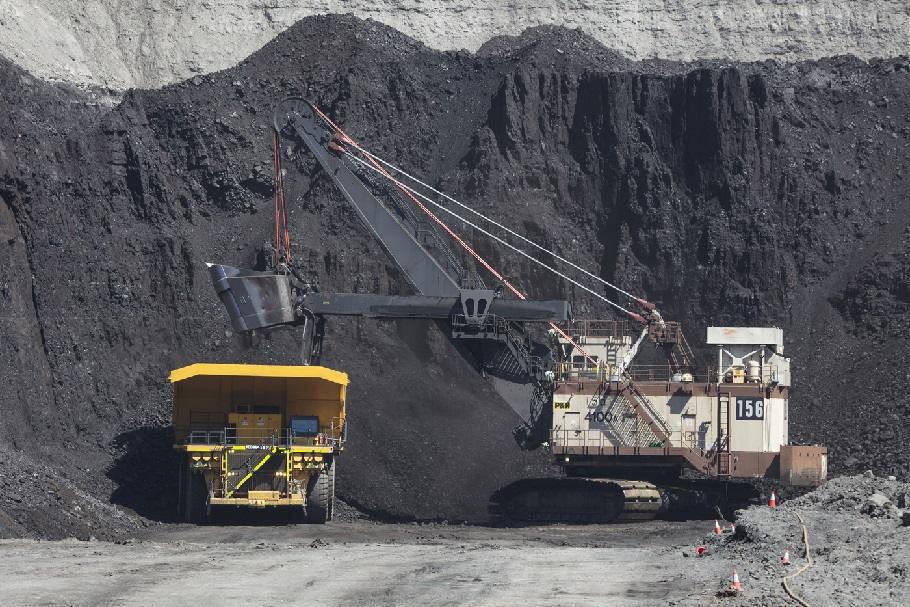New Zealand Unveils its First Emissions Reduction Plan
The government of New Zealand announced today the launch of a new multi-sector climate plan to address climate change and the transition to a low emissions economy. The new Emissions Reduction plan covers sector-specific policies and initiatives from the transport, energy and industry, building and construction, waste, fluorinated gases, agriculture, and forestry sectors.
Key aspects of the plan include goals to have zero-emissions vehicles reach at least 30% of the light fleet by 2035, reducing freight transport emissions by 35% a phase-out of coal-fired power generation, and financing initiatives through a NZ$4.5 billion (USD$2.8 billion) Climate Emergency Response Fund (CERF), with NZ$2.9 billion earmarked for deployment over the next four years.
Some of the country’s climate initiatives will be financed with green bonds, which the government aims to begin issuing in late 2022.
New Zealand’s climate initiatives also include plans to explore the extension of mandatory climate-related disclosures across a broader list of entities and activities. In 2021, the country introduced legislation requiring large banks, investors, and publicly listed companies to provide climate disclosures based on a standard developed in line with TCFD recommendations.
According to the government, emissions from its energy and industry sectors contribute to up to 27% of the country’s total emissions. The country will invest $650 million over the next four years to increase the funding available to the Government Investment in Decarbonizing Industry Fund (GIDI), through which the government partners with major process heat energy users, aiding them in cutting emissions, expanding the number and type of projects that receive funding At a regional level, the government plans to invest in projects that optimize low emission fuel use, funding for electricity transmission and distribution infrastructure upgrades to support fuel-switching and the early adoption of high decarbonization energy technologies.
James Shaw, Minister for Climate Change of New Zealand, said:
“There are tremendous gains to be made in cutting emissions associated with our energy sector. Once again, there is a golden opportunity to do that in a way that makes people’s lives better with lower bills and warmer homes. A new national energy strategy will help ensure that our transition to a zero-carbon economy benefits everyone.”
Transport accounts for 17% of New Zealand’s greenhouse gas (GHG) emissions. The country will invest $1.2 billion into the sector as part of the CERF package to support a shift to public transport, increased walking and cycling, accelerated uptake of cleaner vehicles, and decarbonization of its freight system. As part of the package, $350 million will be allocated to transport choices, transport services, and infrastructure investments that reduce reliance on cars and support uptake of active and shared models.
The government is also investing $569 million for a Clean Car Upgrade program, a scrap-and-replace trial, which aims to provide targeted assistance to lower-and-middle-income households to shift to low emission alternatives upon scrapping their old cars.
Shaw added:
“These new initiatives are about making it much easier for New Zealanders to make zero or low-emission transport choices, be they safer walking and cycling options, better public transport, or more affordable electric vehicles. Just like many other aspects of the Emissions Reduction Plan, tackling climate change by reducing transport emissions, comes with the very happy coincidence of making people’s lives better.”
Agriculture is another focus area of the new plan, with the government committing $710 million over four years through the CERF to accelerate efforts to cut agricultural emissions, expand the contribution of forestry to reduce carbon, and produce alternative green fuels. $339 million will be allocated to boosting the development of technologies and practices to reduce agricultural emissions, including the establishment of a new Centre for Climate Action on Agricultural Emissions, focused on applied research that drives product developments.
$73.5 million from Budget 2022 will also go towards increasing woody biomass, which offers the best alternative to coal, and $256.2 million will go towards maximizing the contribution of forestry in boosting carbon sequestration to achieve the country’s future carbon goals.
Prime Minister Jacinda Ardern, said:
“The Emissions Reduction Plan delivers the greatest opportunity we’ve had in decades to address climate change but also move to a high wage, low emissions economy that provides greater economic security by creating jobs, upgrading the country to run on more clean energy, supporting nature, and improving infrastructure.”





